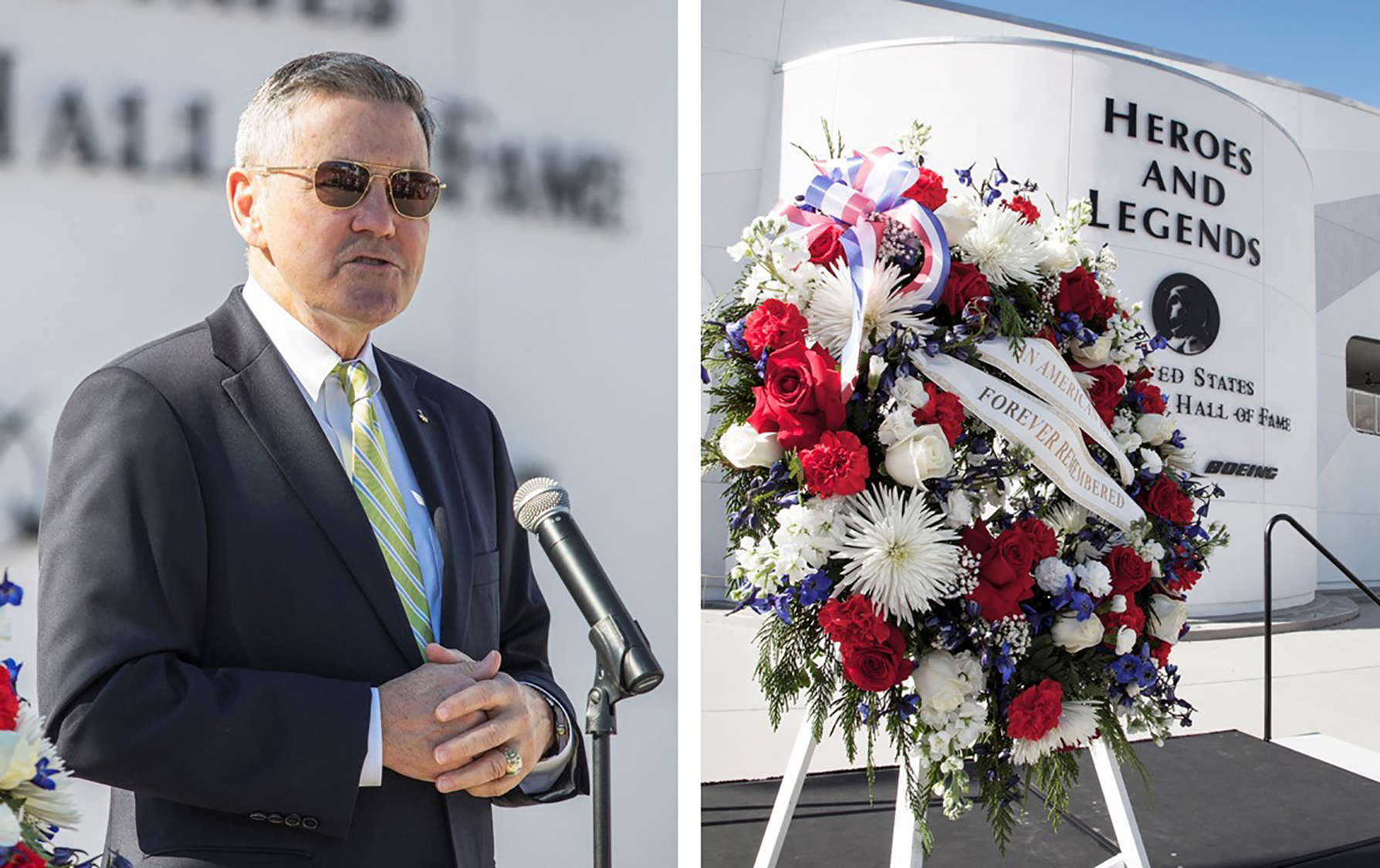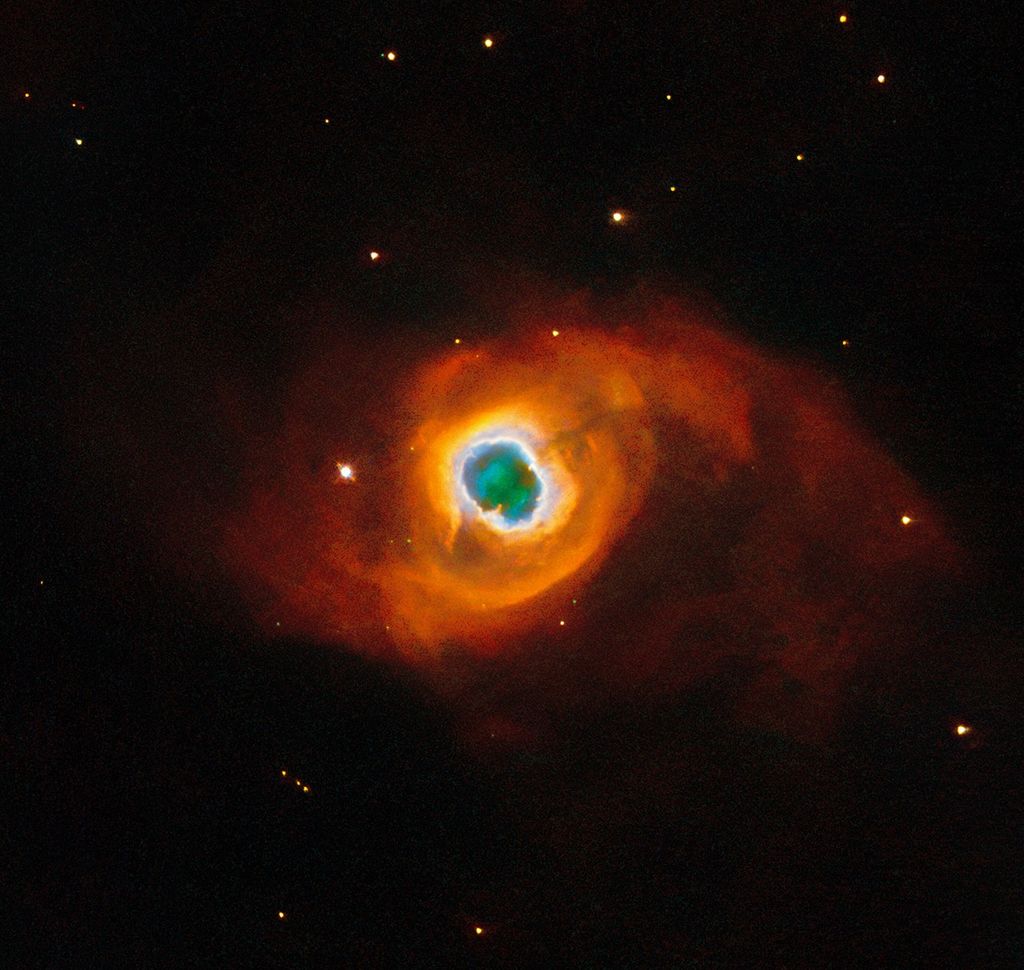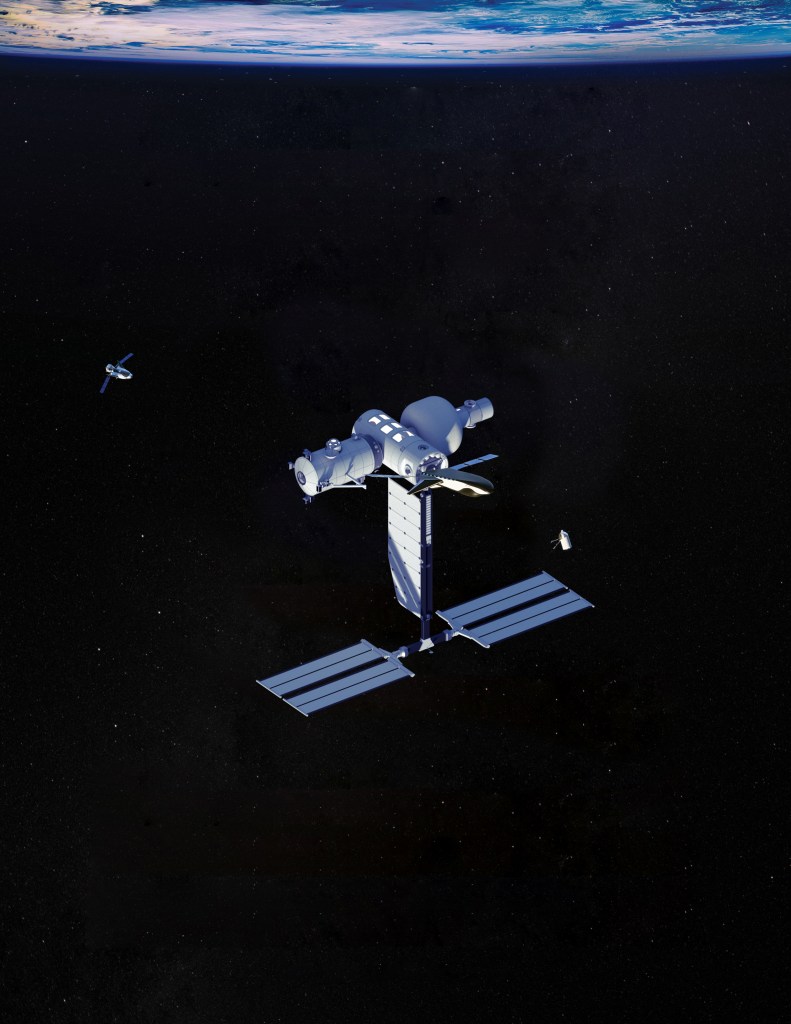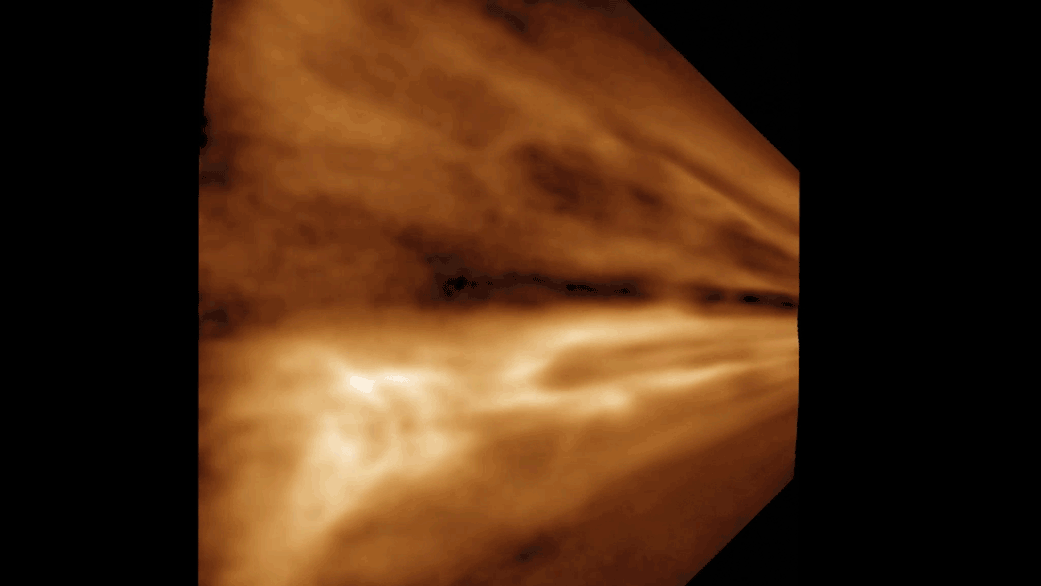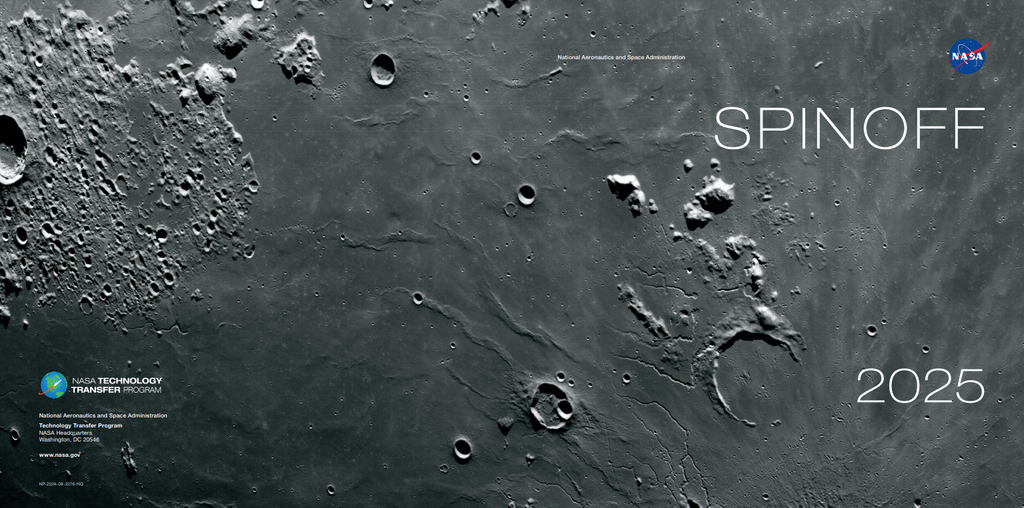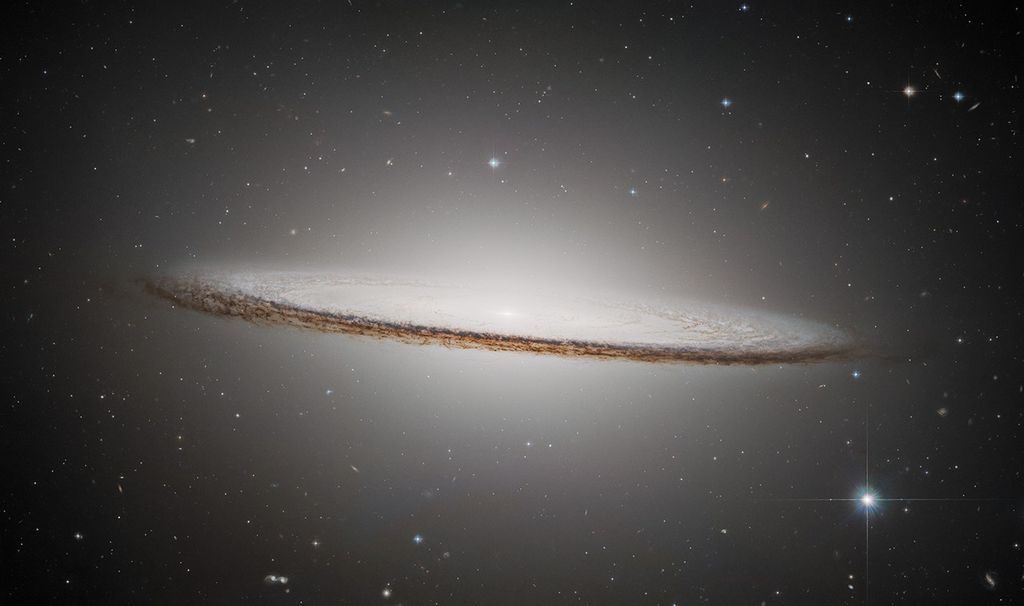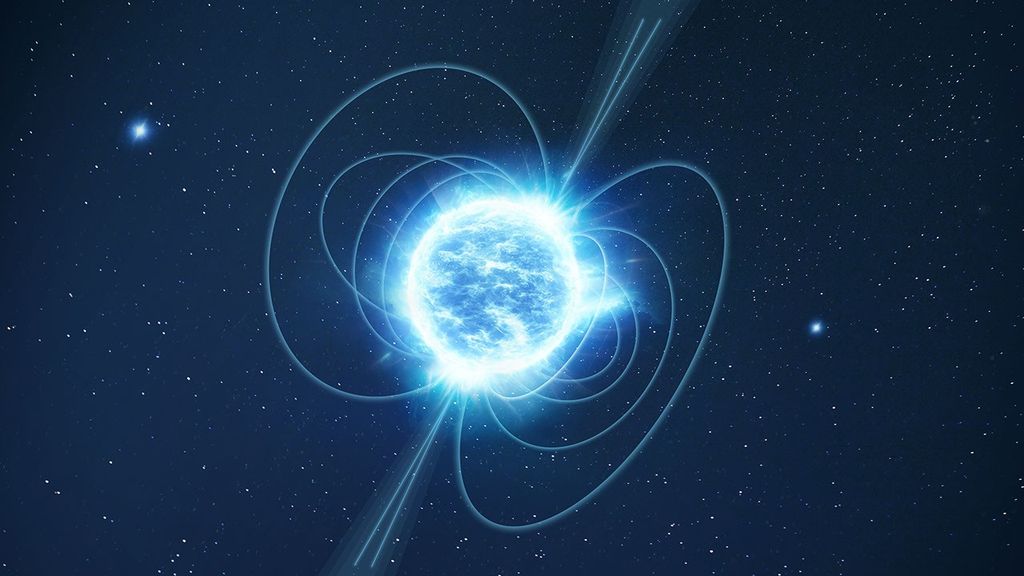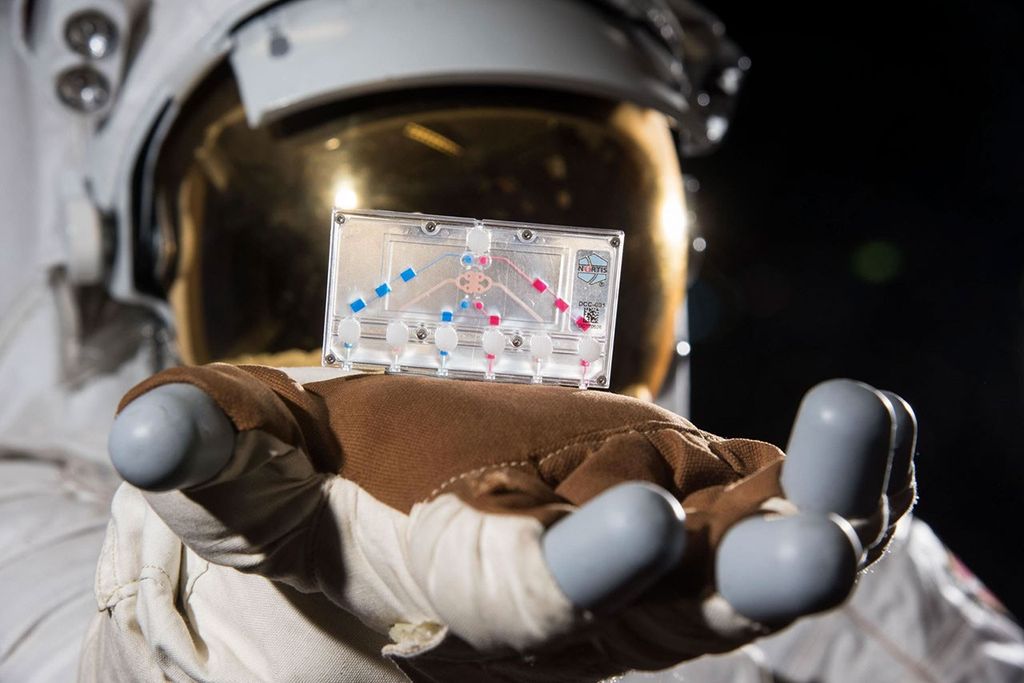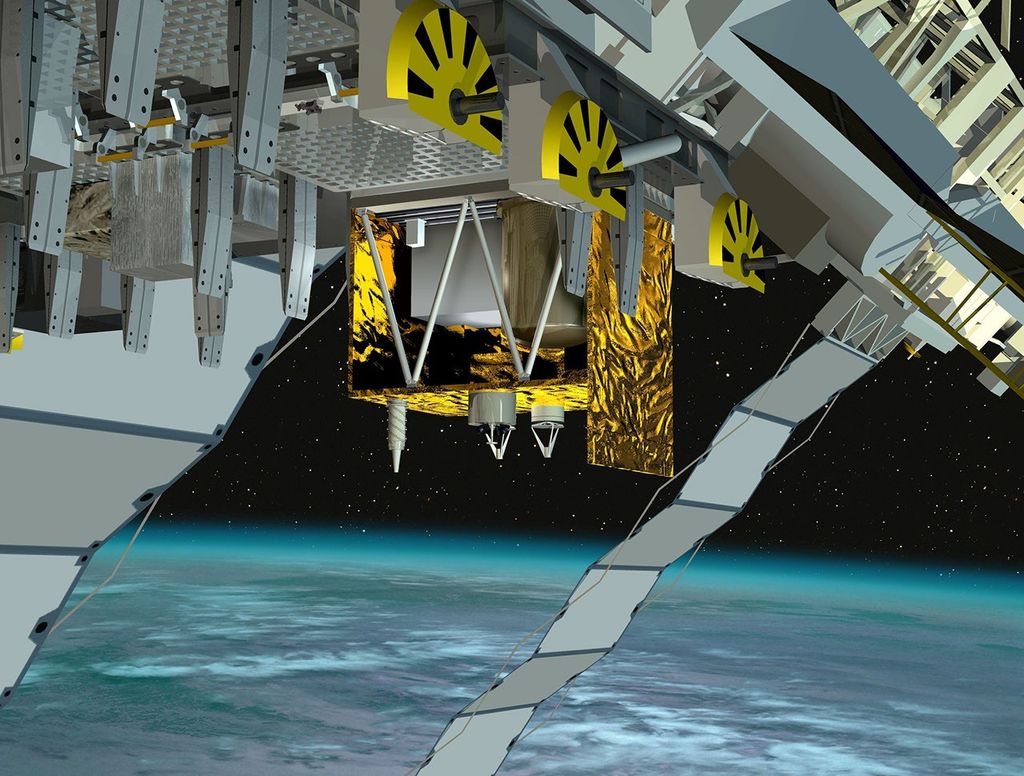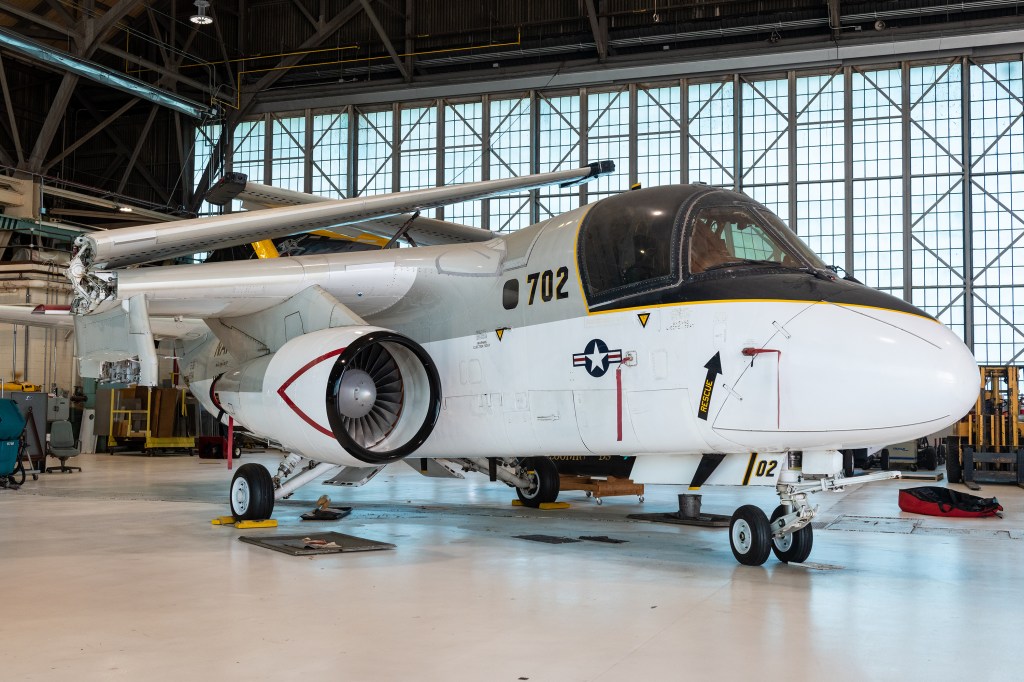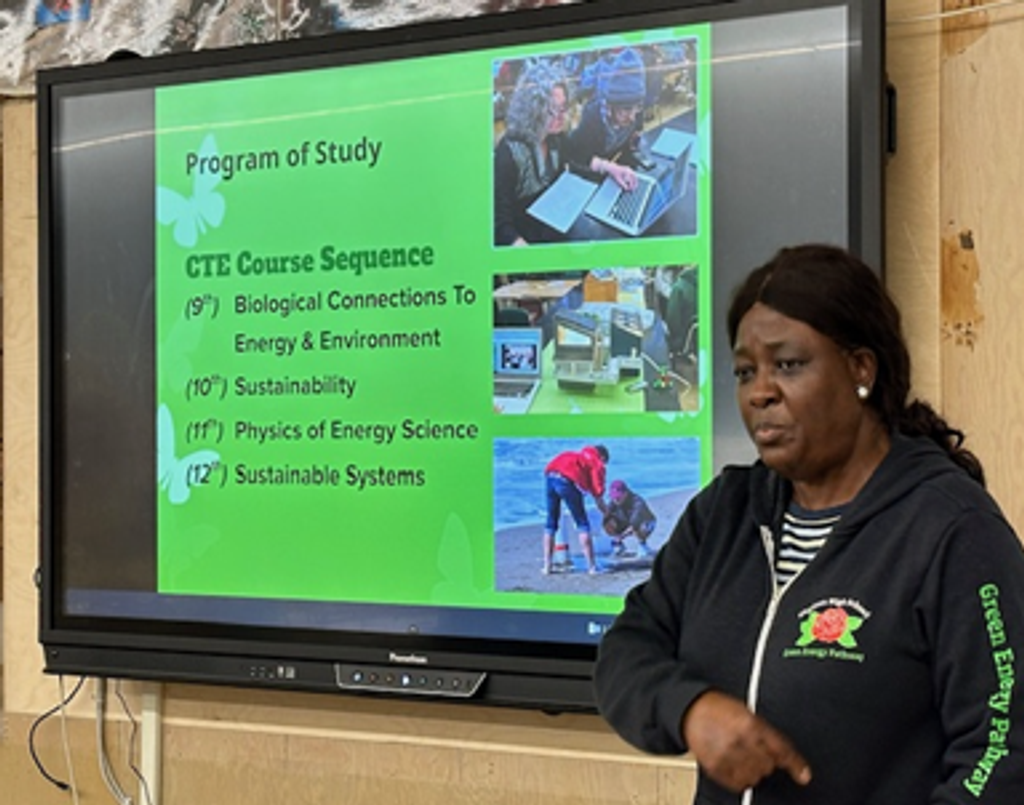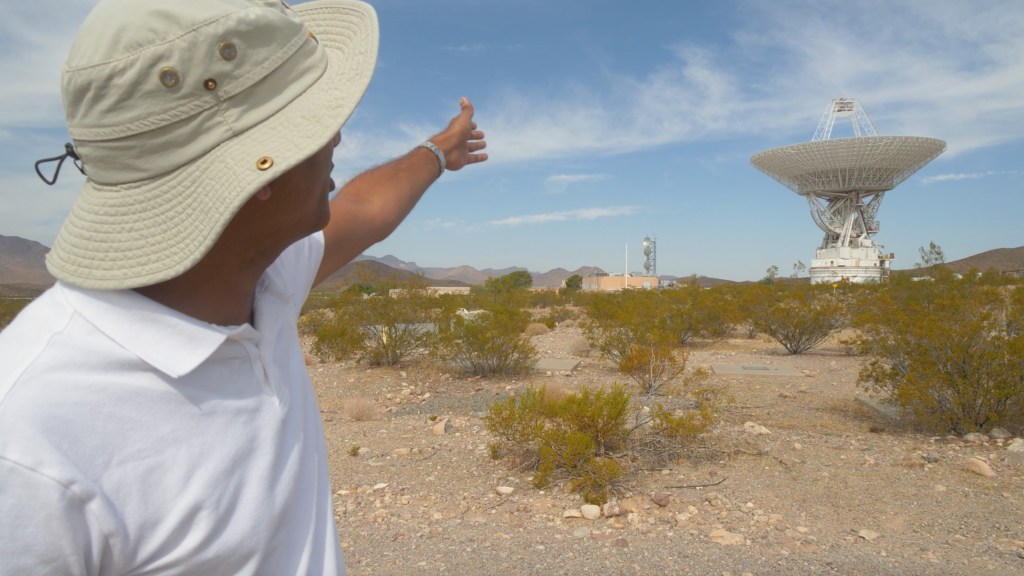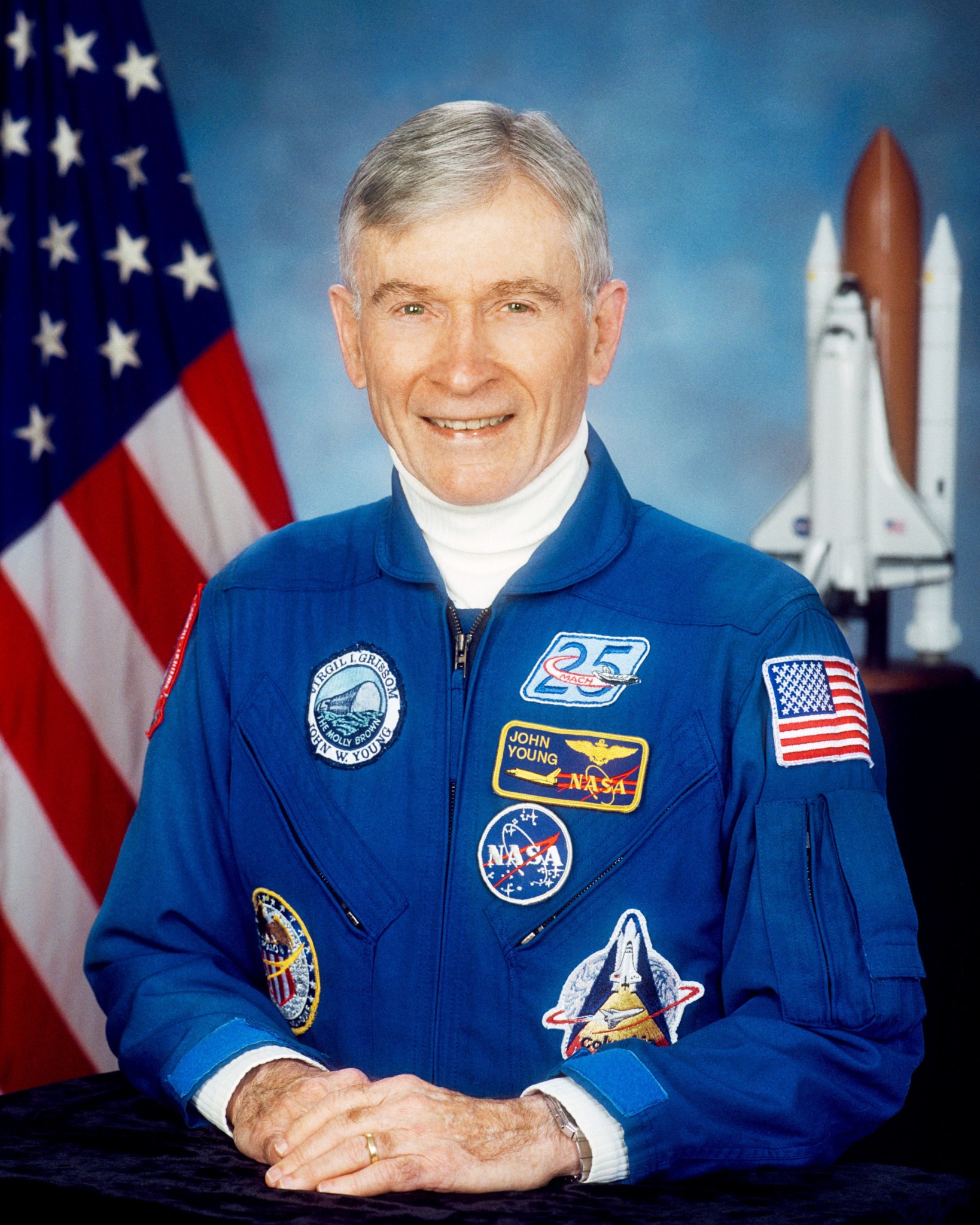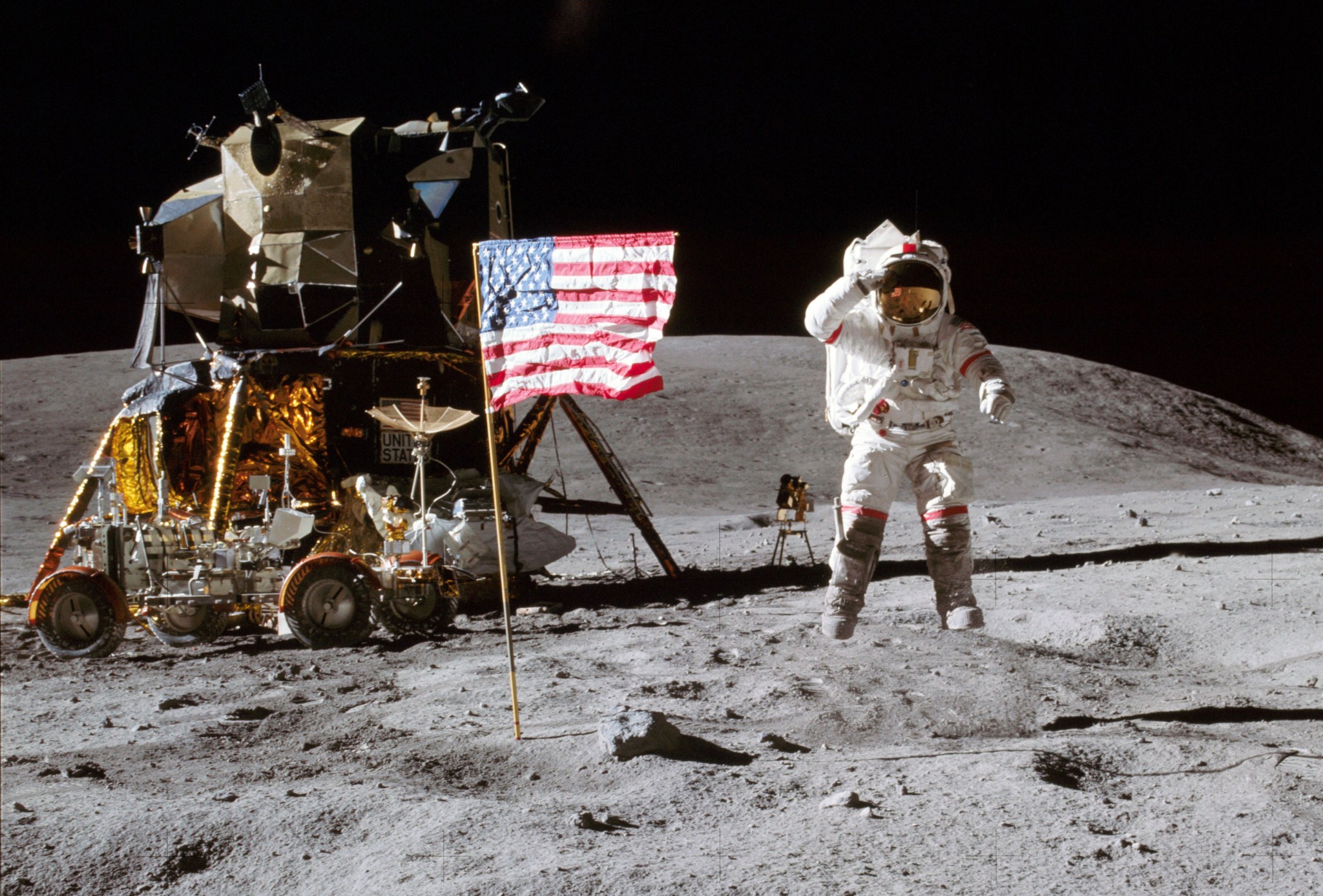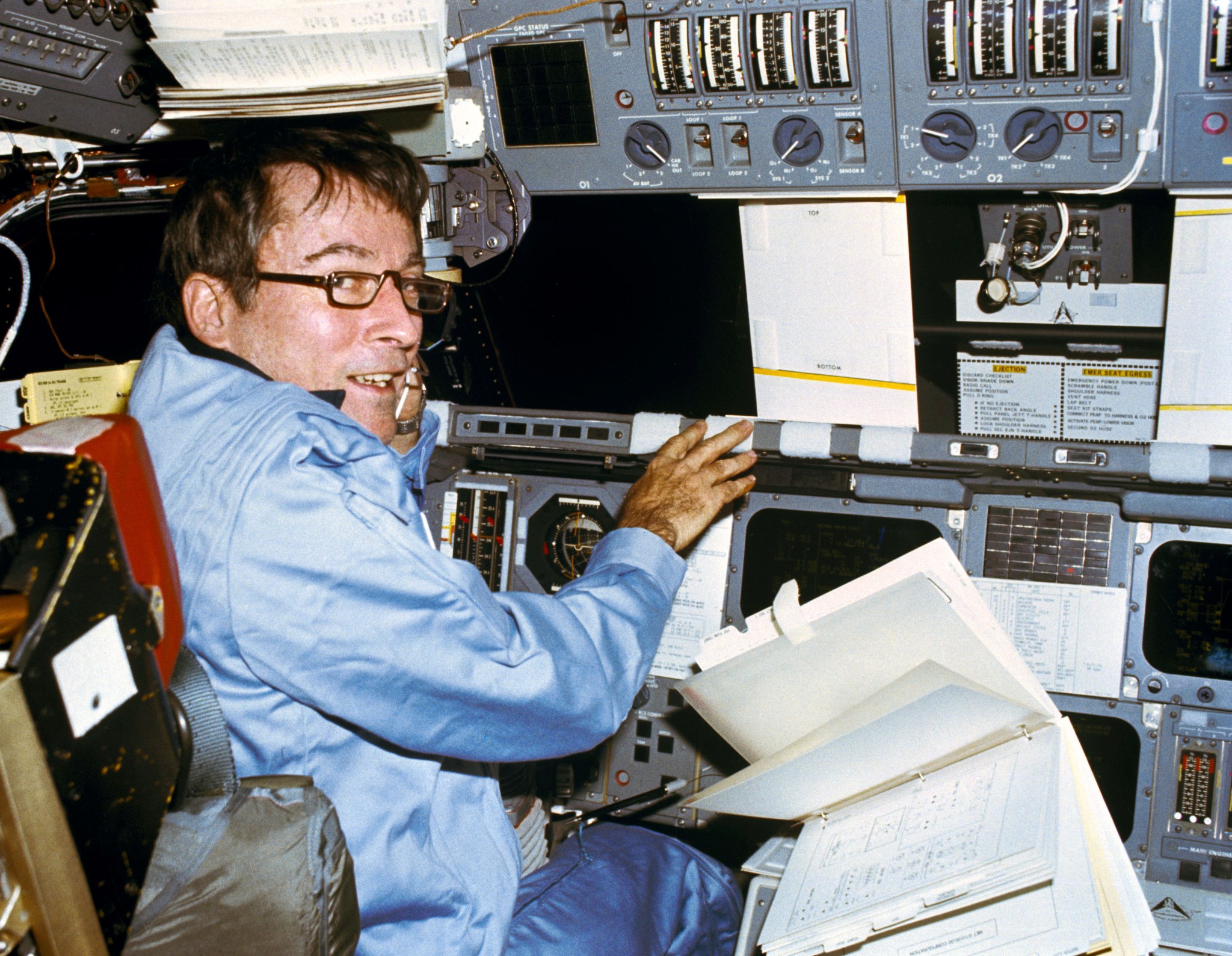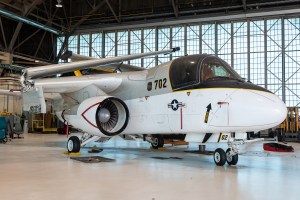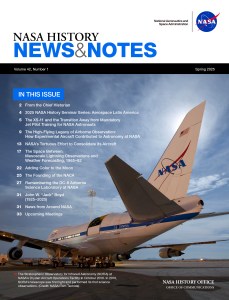By Bob Granath
NASA’s Kennedy Space Center, Florida
In memory of NASA astronaut John Young, Kennedy Space Center Director Bob Cabana placed a memorial wreath at the Heroes and Legends exhibit at the center’s visitor complex. The brief ceremony took place on the afternoon of Jan. 11, 2018. Young died Jan. 5, 2018, at the age of 87 in Houston. He was the only astronaut to fly in NASA’s Gemini, Apollo and Space Shuttle Programs.
“NASA and the world have lost a pioneer,” acting NASA Administrator Robert Lightfoot said in a statement. “Astronaut John Young’s storied career spanned three generations of spaceflight; we will stand on his shoulders as we look toward the next human frontier.”
Cabana also praised Young for his constant focus on flight safety.
“He tried bringing attention to technical problems so they could be dealt with,” Cabana said. “Safety was foremost in his mind. He knew we are in a very risky business, but he also knew the importance to paying attention to detail and always doing things right.”
Young served as pilot on Gemini III with Mercury veteran Gus Grissom. Launched on March 23, 1965, it was the first flight in which the astronauts could change their spacecraft’s orbit.
The following year, Young was command pilot on Gemini X with Mike Collins during July 18-21, 1966. The mission became the first to rendezvous with two spacecraft — an Agena target docking vehicle launched for their mission and the one orbited earlier that year for Gemini VIII.
Between May 18-26, 1969, Young was command module pilot on Apollo 10 with Tom Stafford as commander and Gene Cernan as lunar module pilot. The mission served as a “dress rehearsal” for the first lunar landing mission two months later.
Young was commander of Apollo 16 during April 16-27, 1972. He walked on the moon with lunar module pilot Charlie Duke while Ken Mattingly orbited in the command module.
During the Apollo 16 moon walks, Mission Control in Houston radioed up that Congress had passed funding for the space shuttle.
Young was selected to command STS-1, the first flight of the Space Shuttle Program with pilot Bob Crippen. Liftoff occurred on April 12, 1981, launching a new era of spaceflight 20 years to the day after Russian cosmonaut Yuri Gagarin became the first human to travel in space.
When STS-9 lifted off on Nov. 28, 1983, Young became the first person to fly in space a sixth time. This would be the first shuttle mission to carry the European Space Agency’s Spacelab module in the cargo bay. The six-person crew included ESA astronaut Ulf Merbold of Germany.
Young was born in San Francisco, but his family moved to Georgia and later Orlando, Florida. He earned a degree in aeronautical engineering from Georgia Tech, graduating in 1952 with highest honors.
Following graduation, Young joined the U.S. Navy. After serving for a year aboard a destroyer, he then was assigned to flight training. He flew fighter planes for four years before completing test pilot training and served three years at the Navy’s Air Test Center.
In September 1962, Young was selected as one of nine military pilots becoming NASA’s second group of astronauts.
A year after Apollo 16, Young became chief of the Space Shuttle Branch of the Astronaut Office at NASA’s Johnson Space Center in Houston. The following year, he retired from the Navy as a captain after 25 years of military service and was named chief of the Astronaut Office, a post he held until May 1987.
Among his many awards and honors, Young was inducted into the U.S. Astronaut Hall of Fame on March 19, 1993.
At the end of 2004, Young retired from NASA. But he continued to advocate the development of technologies that will allow explorers to live and work on the Moon and Mars.
“John was one of that group of early space pioneers whose bravery and commitment sparked our nation’s first great achievements in space,” Lightfoot said. “But, not content with that, his hands-on contributions continued long after the last of his six spaceflights.”
